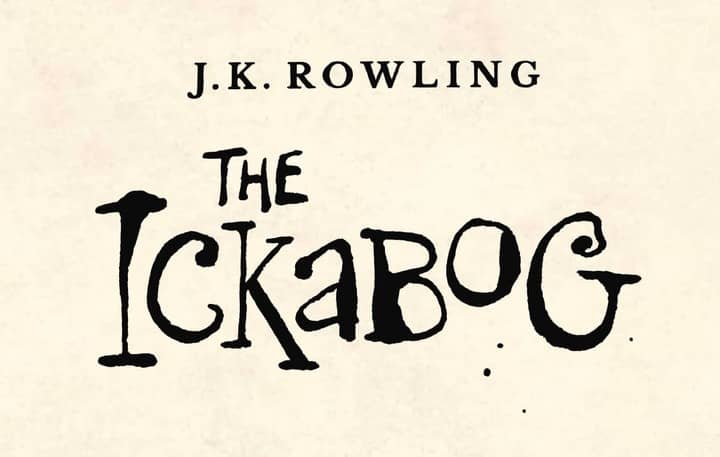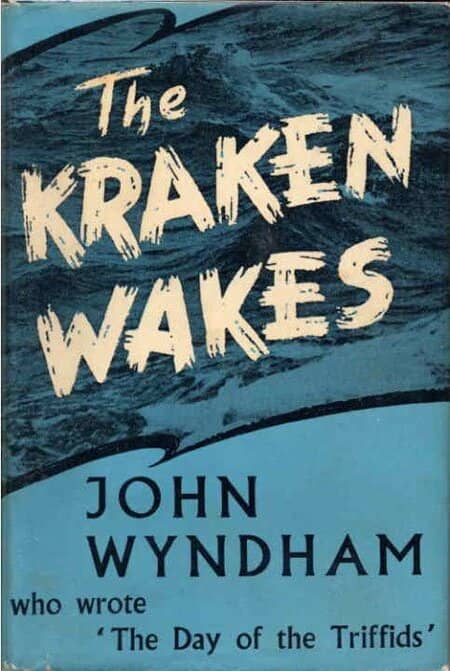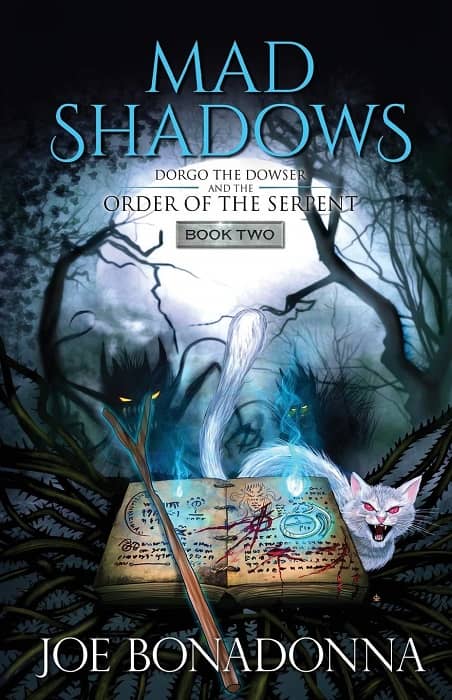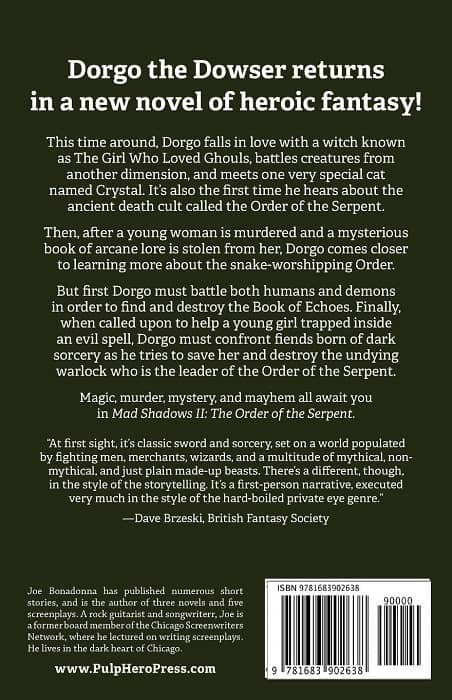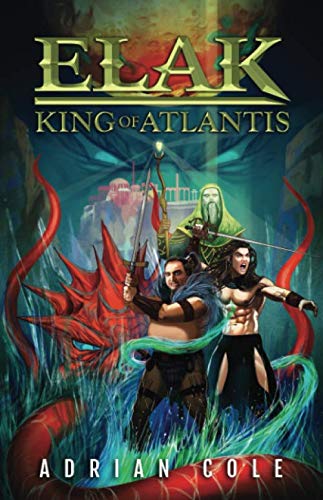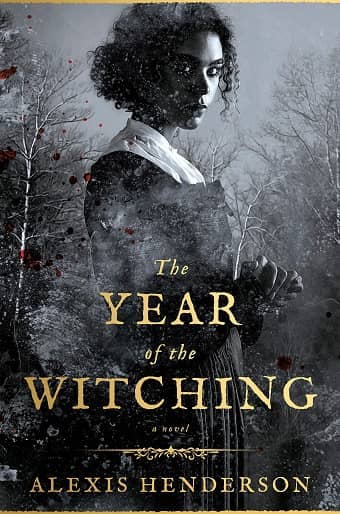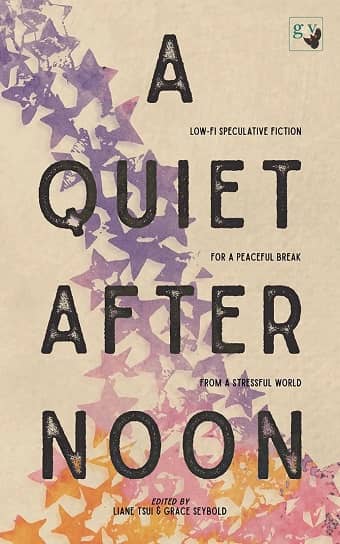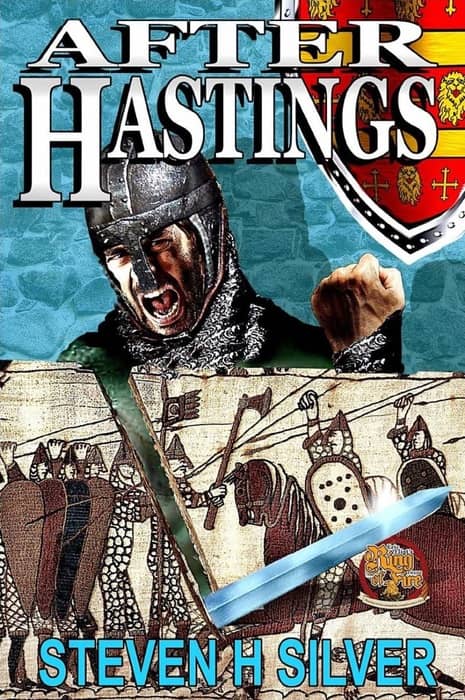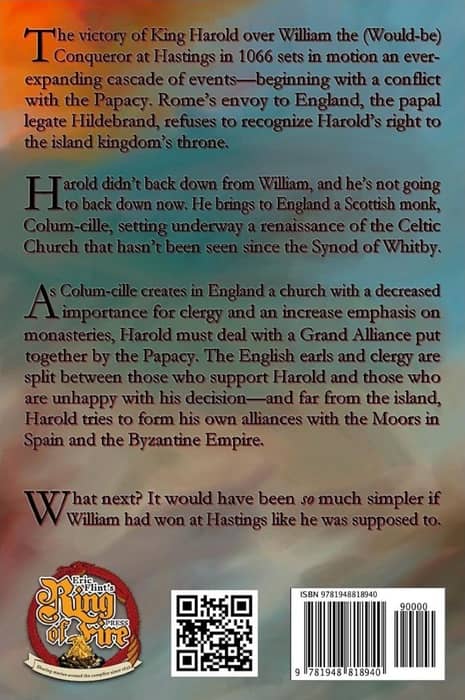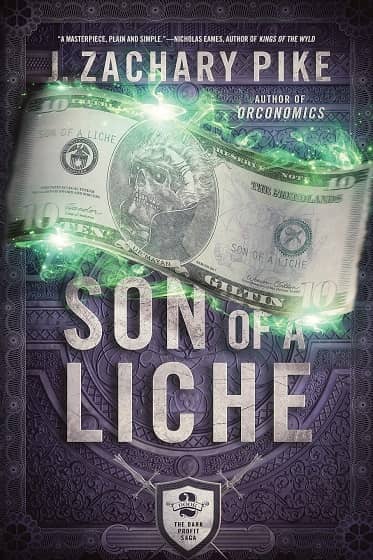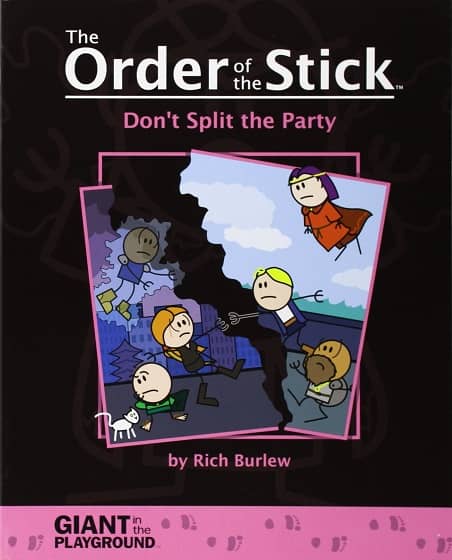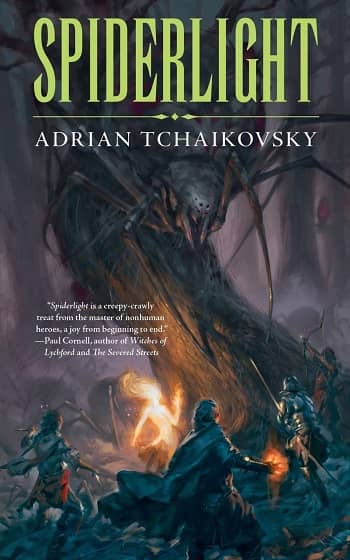Goth Chick News: A New Monster from Harry Potter Creator J. K. Rowling
Shortly following the advent of the zombie apocalypse which caused us all to seek shelter in our homes and increase our body fat to survive potential food shortages, Harry Potter author J. K. Rowling had an idea. Back in 2012 she began writing a new kind of children’s story which she read to her two younger kids, then aged 7 and 9 respectively, a chapter at a time as she created it. However, when it was done, she decided to publish the first of her adult mystery series, The Cuckoo’s Calling instead, and the completed children’s story went into the attic.
However, when the zombies came and we all went into hiding, Rowling understood the situation was particularly difficult for children. She went to the attic and dusted off her story and decided it might be a good way to provide some entertainment for the kids, who would otherwise have been finishing school, then enjoying their summer. She decided she would publish the story online for free, as so many parents were experiencing financial hardship, and new books might be pretty far down the line of priorities.
So, in May of this year, the first two chapters of The Ickabog appeared on its own, brand new website. Rowling then released a chapter or two every few days over the next seven weeks, and a week ago, the final chapter (number 64) was posted. In addition, Rowling provided her young readers with suggestions for illustrating her story. She invited them to send her their artwork, from which would be chosen a series of pictures to be included in the print version of The Ickabog, set to be released in November 2020.
And of course, I read it. No actually I devoured it, like the Ickabog devoured…
Never you mind, no spoilers here.
